Model A is a para-fictional design project that takes the modern high school as both a real-world institution and an abstract system for deconstruction. The work explores how educational infrastructures reflect society’s attitudes toward knowledge, discipline, and individuality — and how these spaces quietly shape human behavior, identity, and emotion. Rather than offering an overt critique, Model A seeks to reveal the small fractures within formal structures and propose a restrained, almost invisible form of rebellion: one that exists within, not outside, the system.
The project imagines Model A as a blueprint for a school that could exist anywhere — a neutral, almost sterile model stripped of local context to expose its structural core. The school plan, classroom arrangements, and management systems are designed with brutal efficiency, echoing the hidden logic of bureaucratic order. But beneath this apparent clarity, tension accumulates: between individuals and the collective, between standardization and personality, between control and subtle resistance.
At the heart of Model A is a custom-designed typeface called Marker. Inspired by the typography of administrative forms, school documents, and institutional signage, Marker adopts the language of authority but builds small disruptions into its structure. Characters appear clean at first glance, but closer inspection reveals slight distortions in alignment, inconsistent stroke endings, or glyphs that don’t quite “fit.” These micro-interruptions serve as visual metaphors for the contradictions inherent in the school system — the spaces where human complexity slips through the cracks of regulation.
The graphic system for Model A follows the same logic. Large-scale posters and booklets borrow their structures from official school plans, seating charts, and bureaucratic charts, but are subtly fractured. Layouts mimic standardized forms, yet the gridlines are imperfect; the hierarchy of information feels rational, but fragments of data or diagrammatic elements seem to drift or glitch. The tension between clean systems and quiet disorder drives the visual identity.
One key part of the project is a booklet titled Units, which focuses on the six most common seating configurations used in classrooms around the world. Each seating pattern is paired with a corresponding poster that magnifies the hidden power dynamics embedded in its arrangement: the front-facing rows that reinforce one-way authority, the circle that masks hierarchy under the pretense of equality, the scattered clusters that feign freedom while still controlling the group. By isolating and studying these patterns, Model A asks how something as ordinary as where we sit defines our role, voice, and agency within a collective space.
The final section of Model A consists of a visual archive of over 200 images of students in schools, re-edited and re-framed to emphasize human fragility within rigid systems. These photographs — often sourced from anonymous archives or institutional publications — are cropped, zoomed, or recomposed to focus on moments of tension: a hand gripping a desk too tightly, a glance that drifts away from the blackboard, bodies awkwardly framed by doorways or window grids. Through these images, the project zooms in on the individual as a site of friction — a figure who simultaneously belongs to, and resists, the larger system.
Crucially, Model A does not propose an escape. The project avoids fantasies of breaking free or tearing down the institution entirely. Instead, it is concerned with what happens inside: how quiet acts of resistance, misalignment, or ambiguity can exist within systems of control. The aesthetic language of Model A reflects this — clean, precise, but quietly off. It is a design of restraint, of surfaces that at first seem rational and unified, but upon closer look reveal small breaks, distortions, or inconsistencies.
In this sense, Model A is both an aesthetic exercise and a social diagram. It builds its world through typography, layout, imagery, and spatial design, but its true subject is the friction between form and feeling, rule and exception, collective order and private experience. The school — as represented in Model A — becomes a metaphor for any institution that seeks to shape people into predictable forms while always failing, because human beings are unpredictable at their core.
Ultimately, Model A is not about proposing solutions. It is about seeing. By reframing ordinary school structures — from a seating chart to a typeface to an archival photo — it invites viewers to reconsider what is often invisible: the systems we live inside, the rules we rarely question, and the small but vital ways in which we push back.
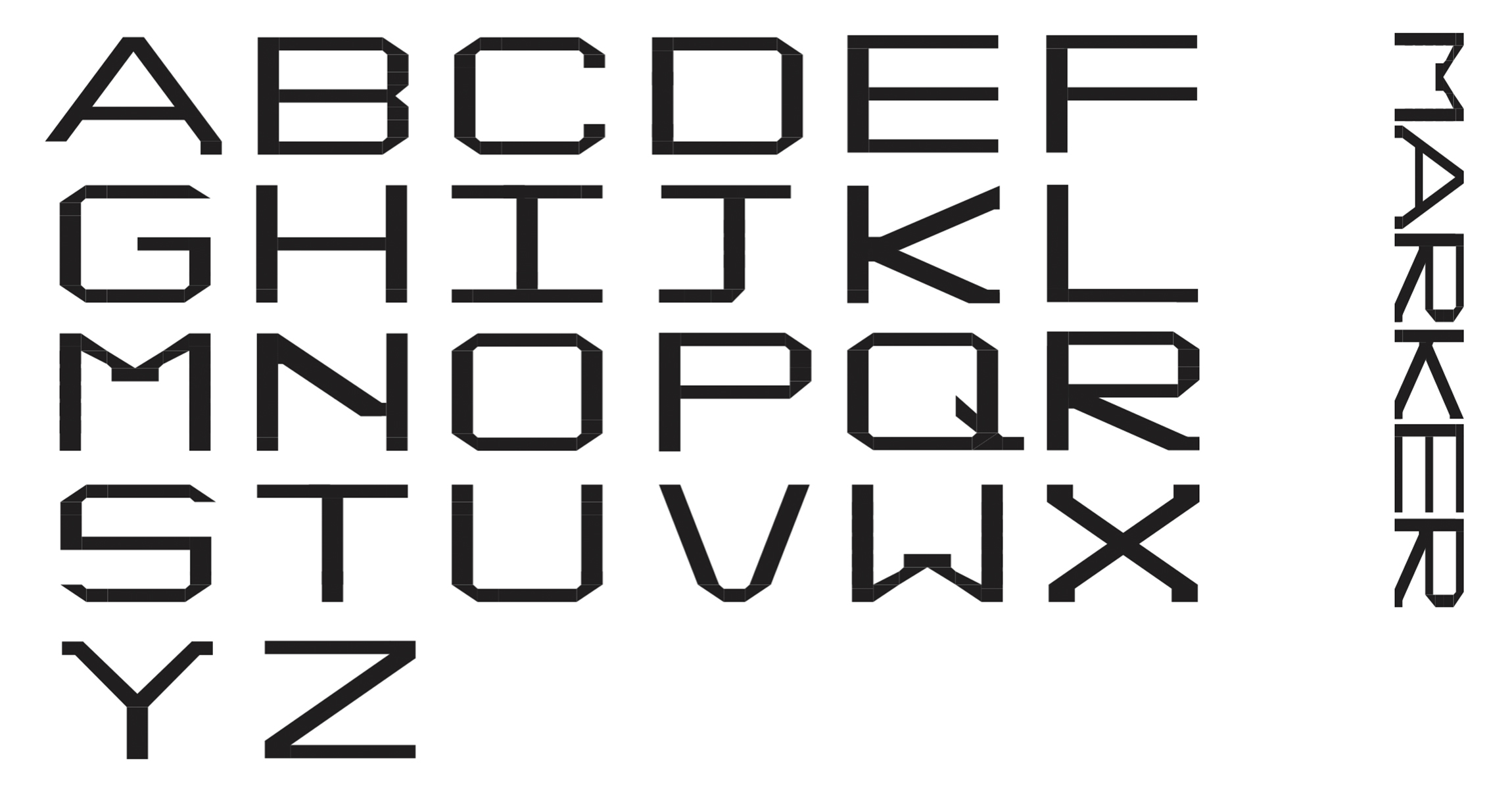
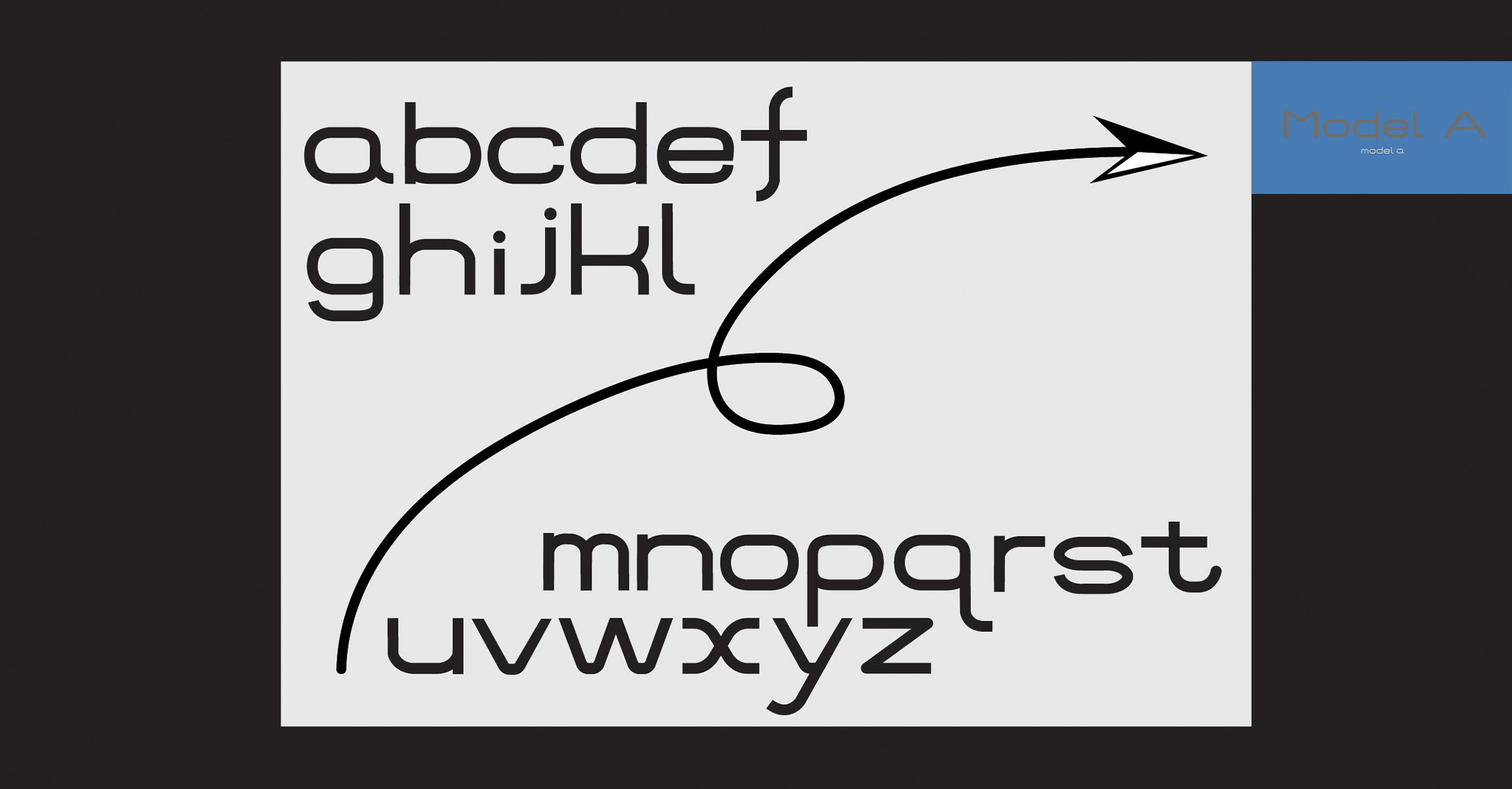
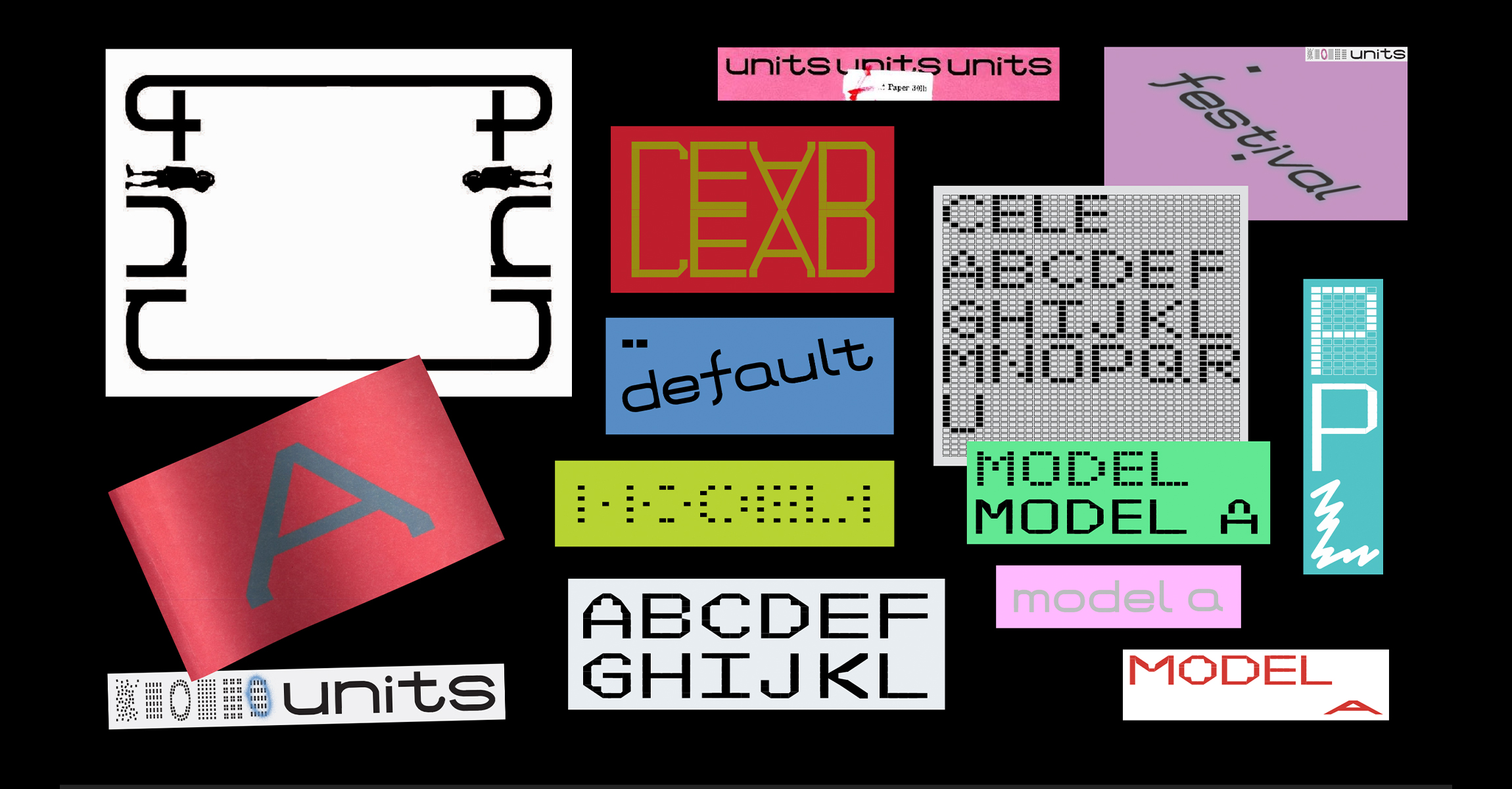
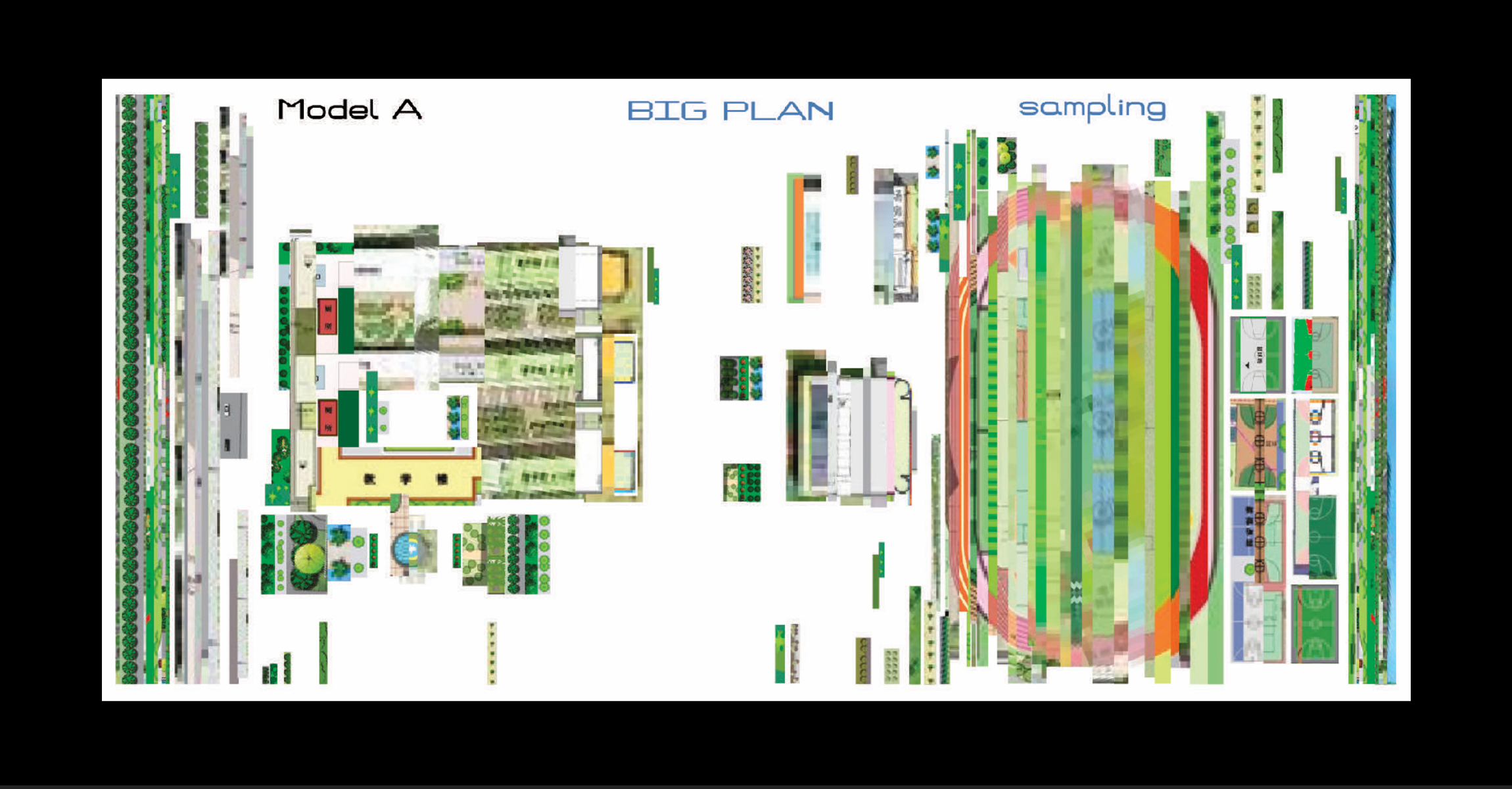
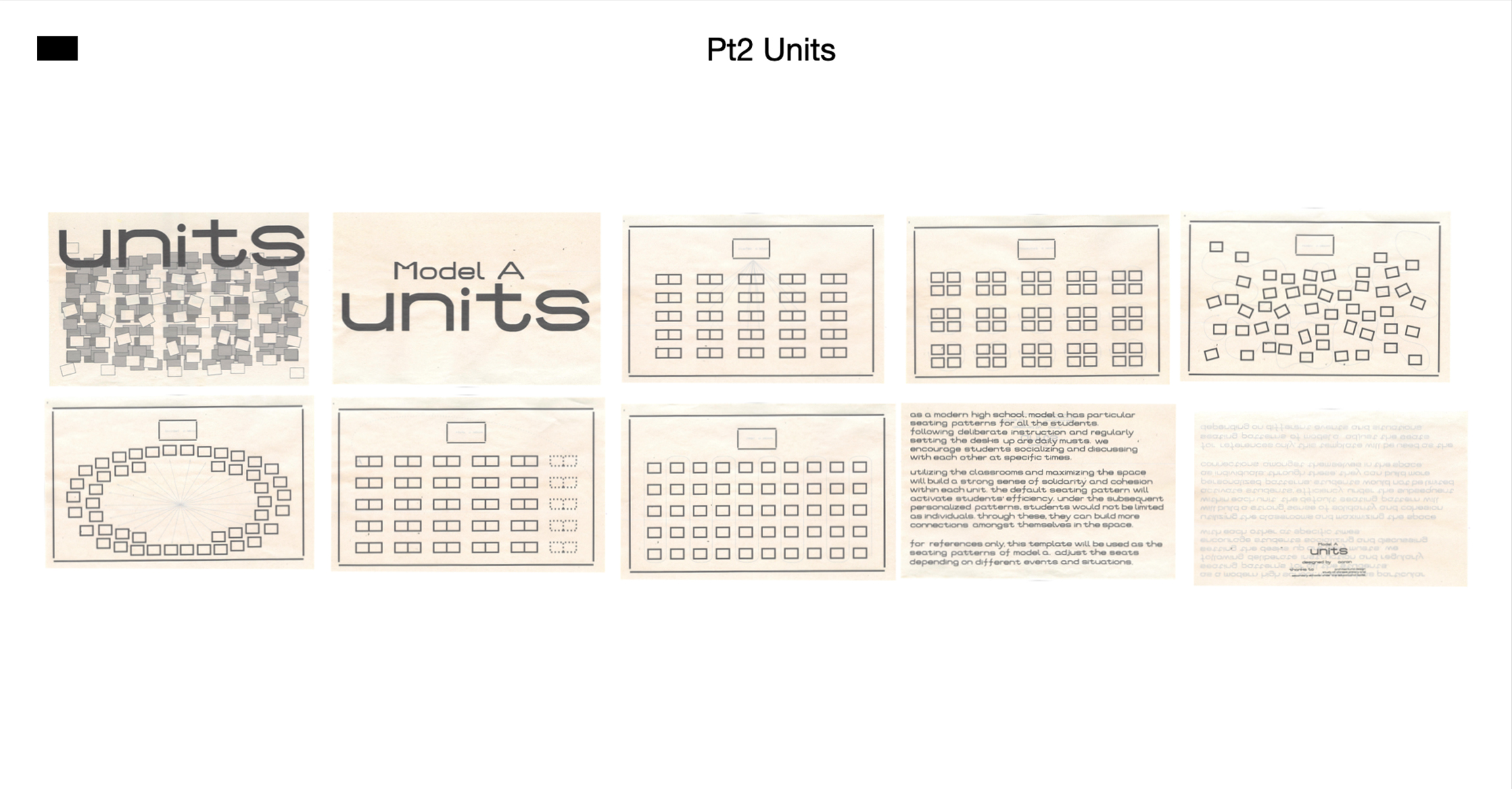
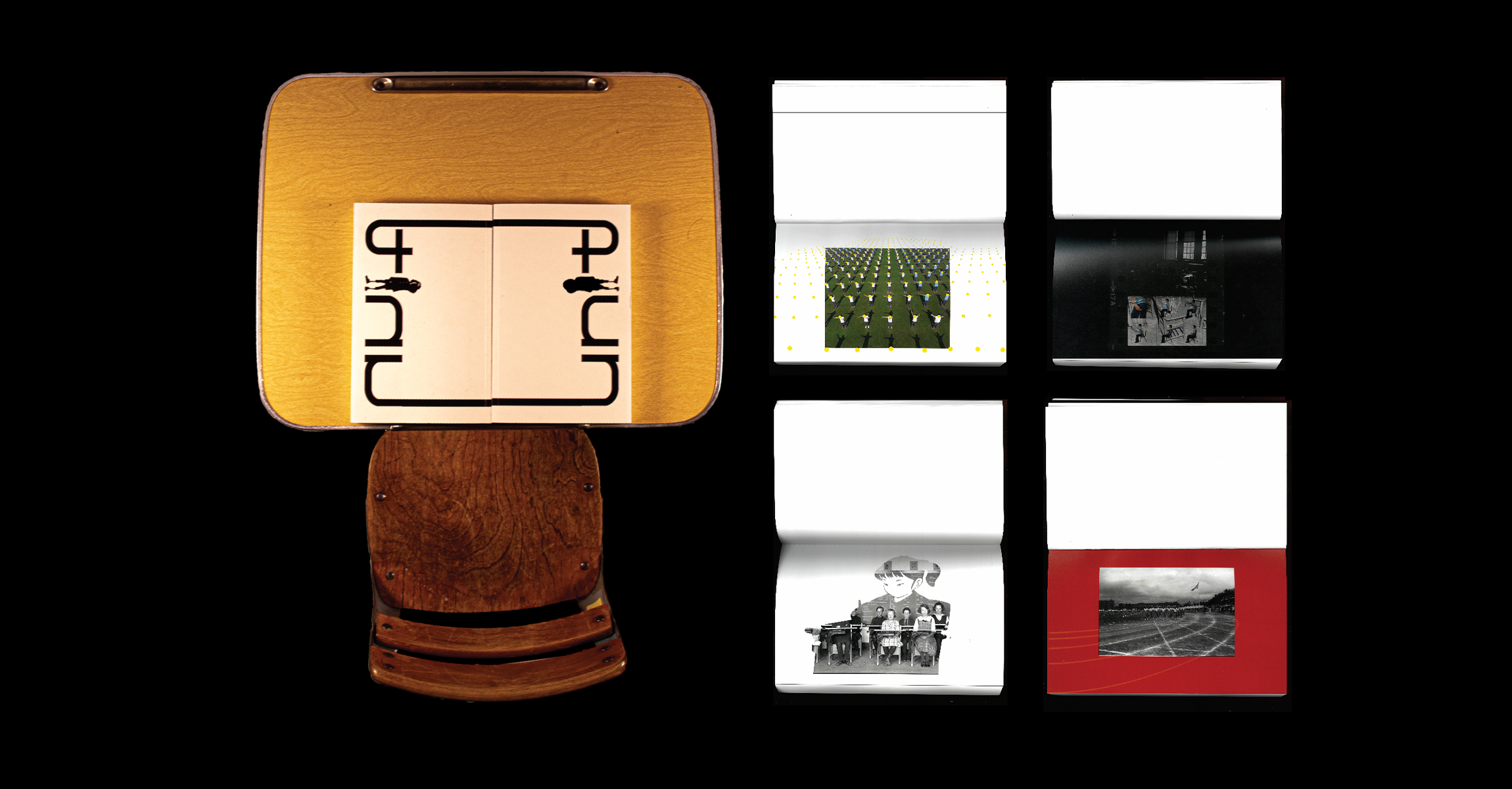
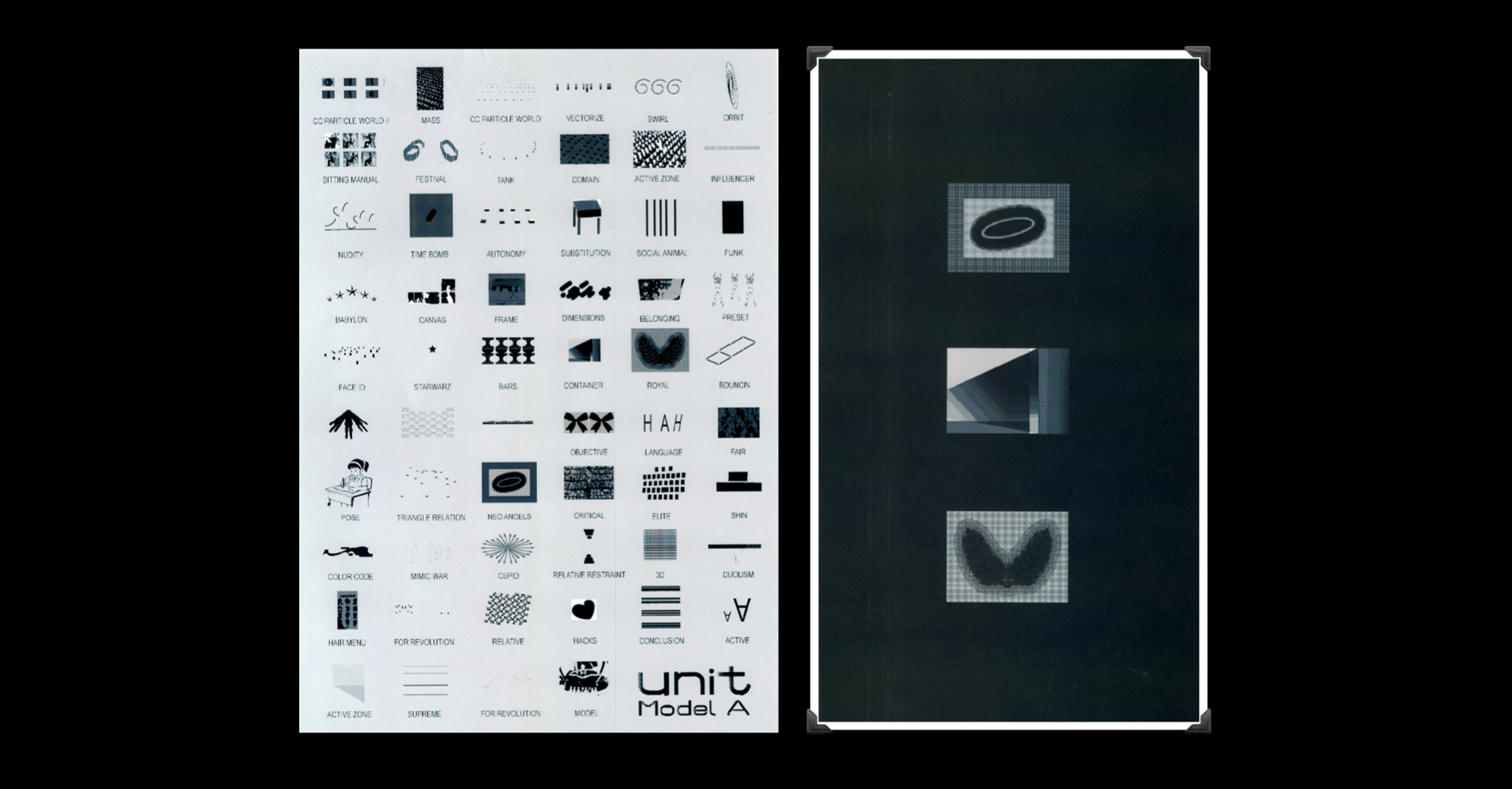
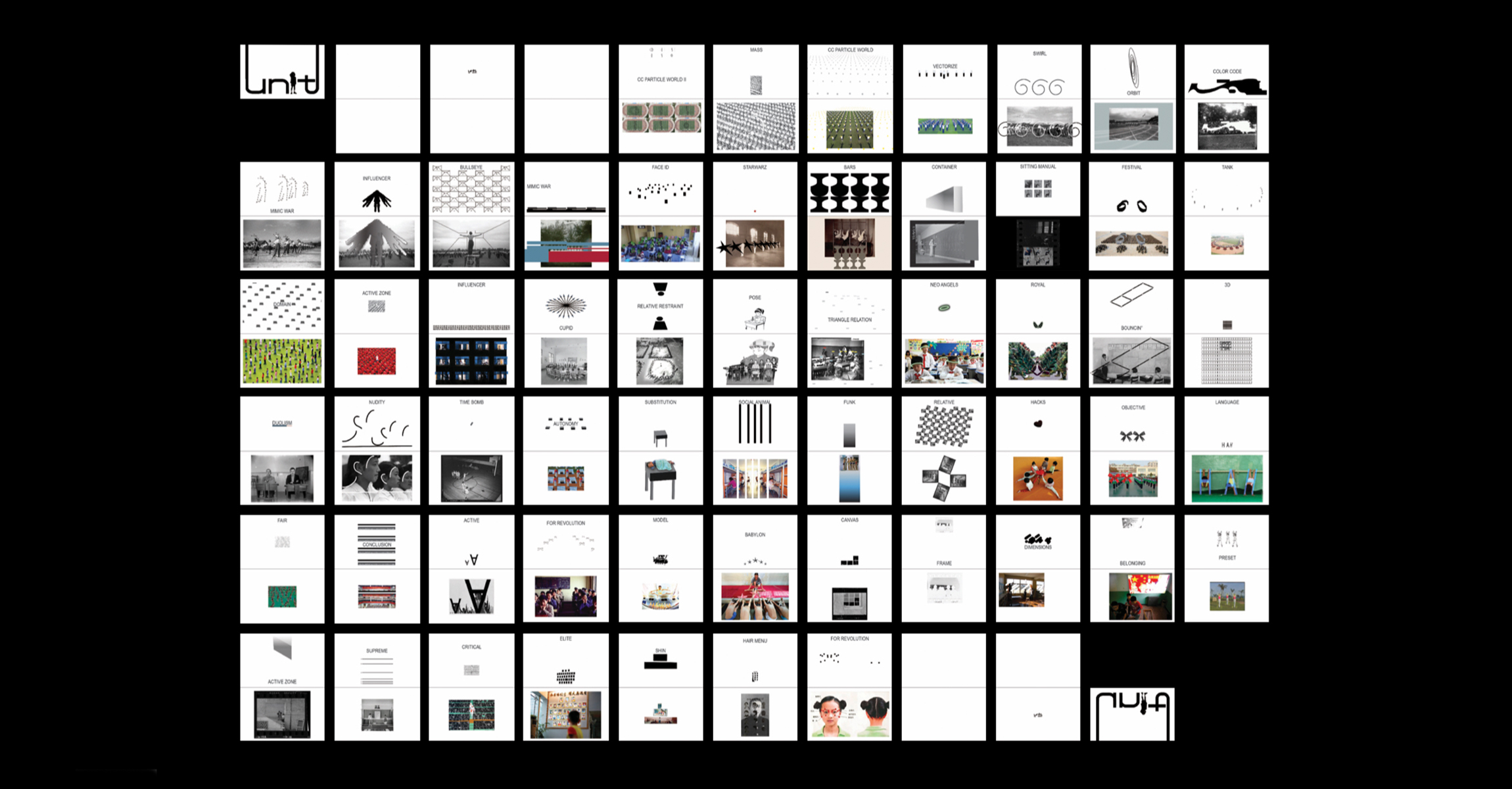
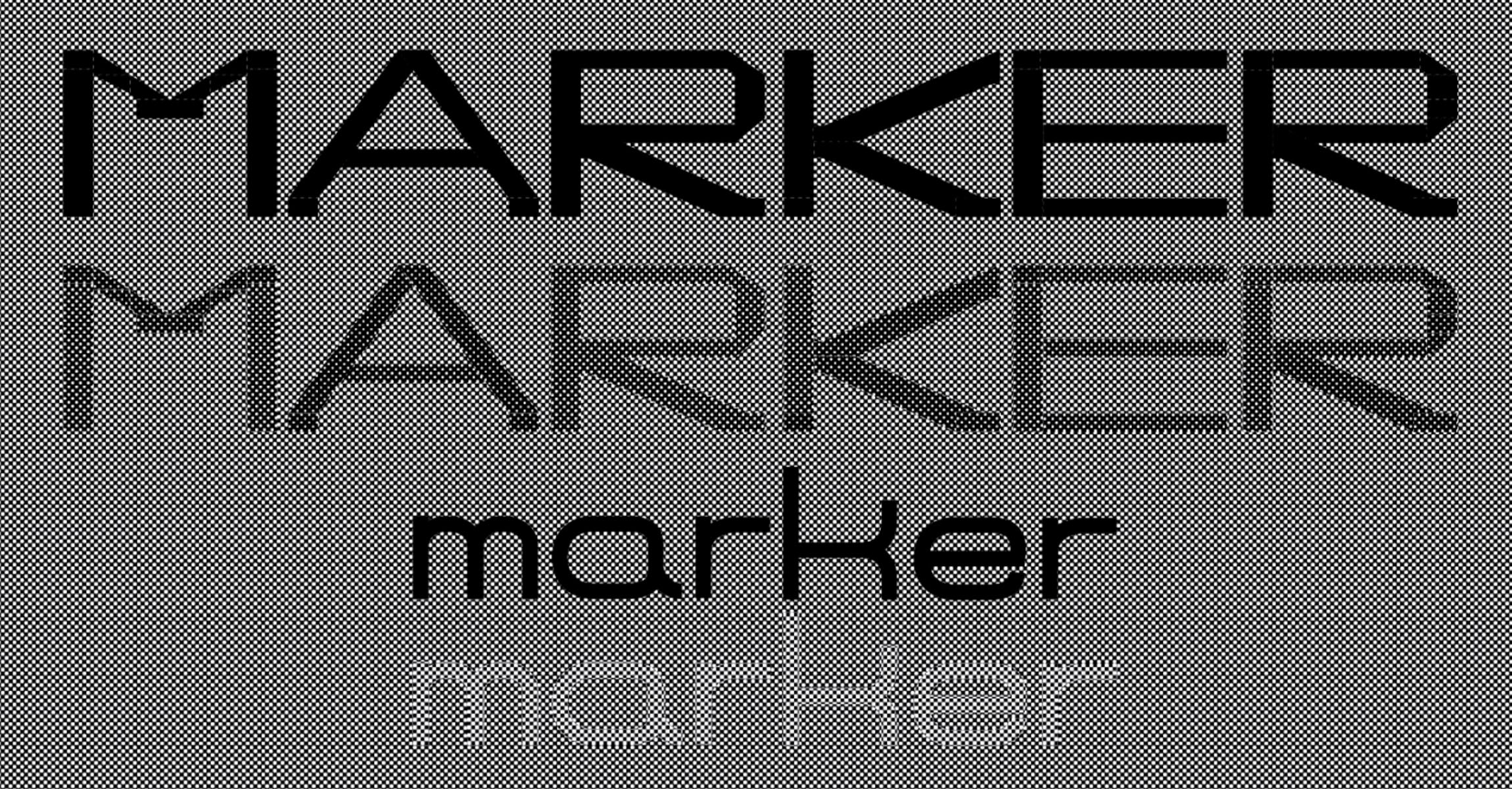
CREDIT
- Agency/Creative: Chenguang Deng
- Article Title: Model A: Chenguang Deng’s Restrained Revolt Inside the Structure of School
- Organisation/Entity: Freelance
- Project Type: Typography
- Project Status: Published
- Agency/Creative Country: United States
- Agency/Creative City: BROOKLYN
- Market Region: North America
- Project Deliverables: 2D Design
- Industry: Education
- Keywords: EDUCATION/TYPOGRAPHY/POSTER
-
Credits:
Graphic Designer: Chenguang Deng











